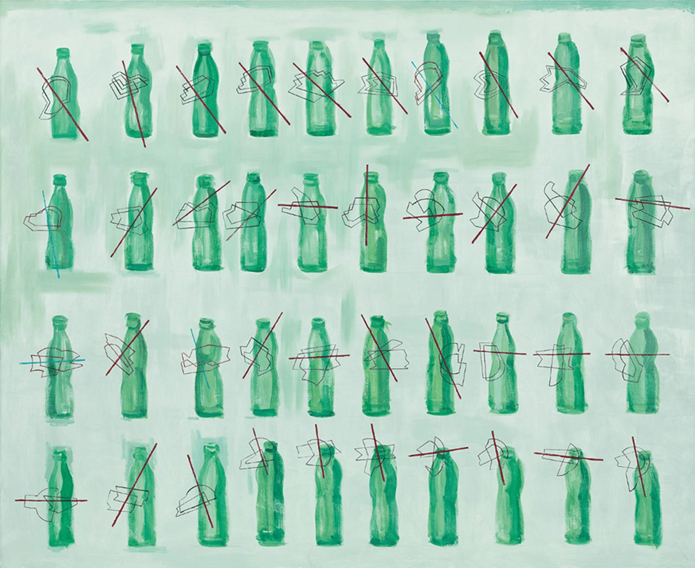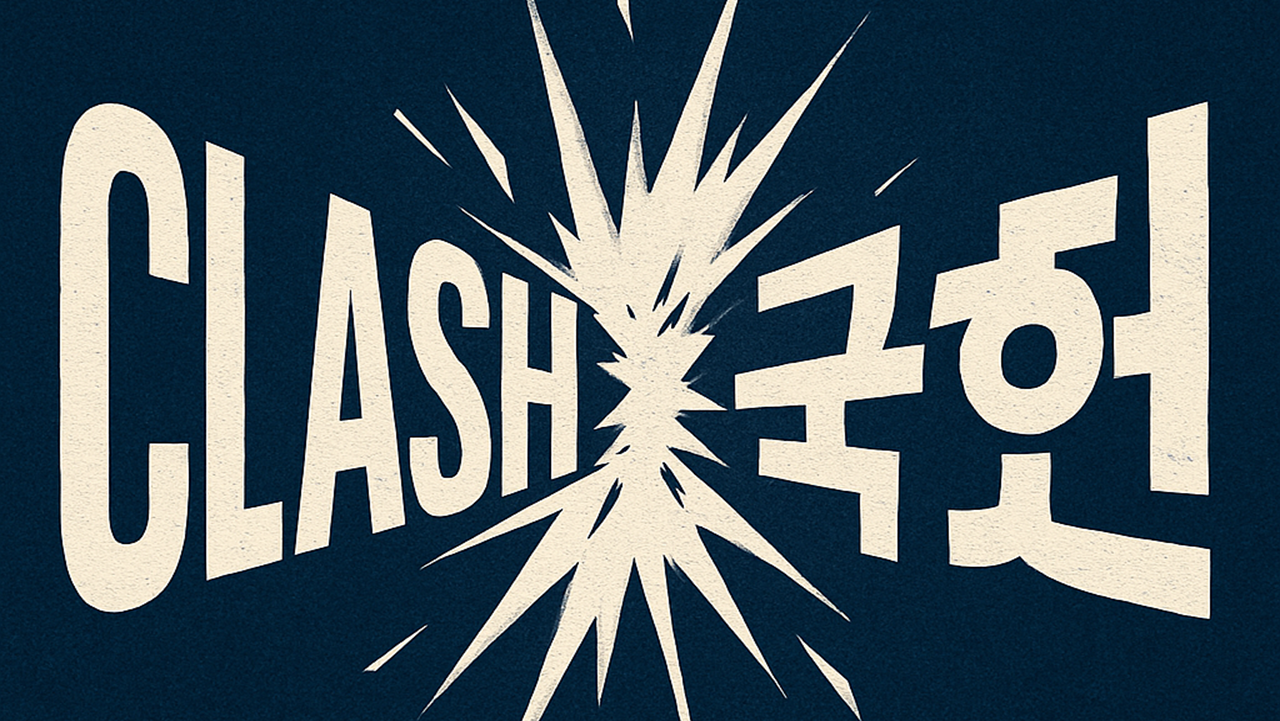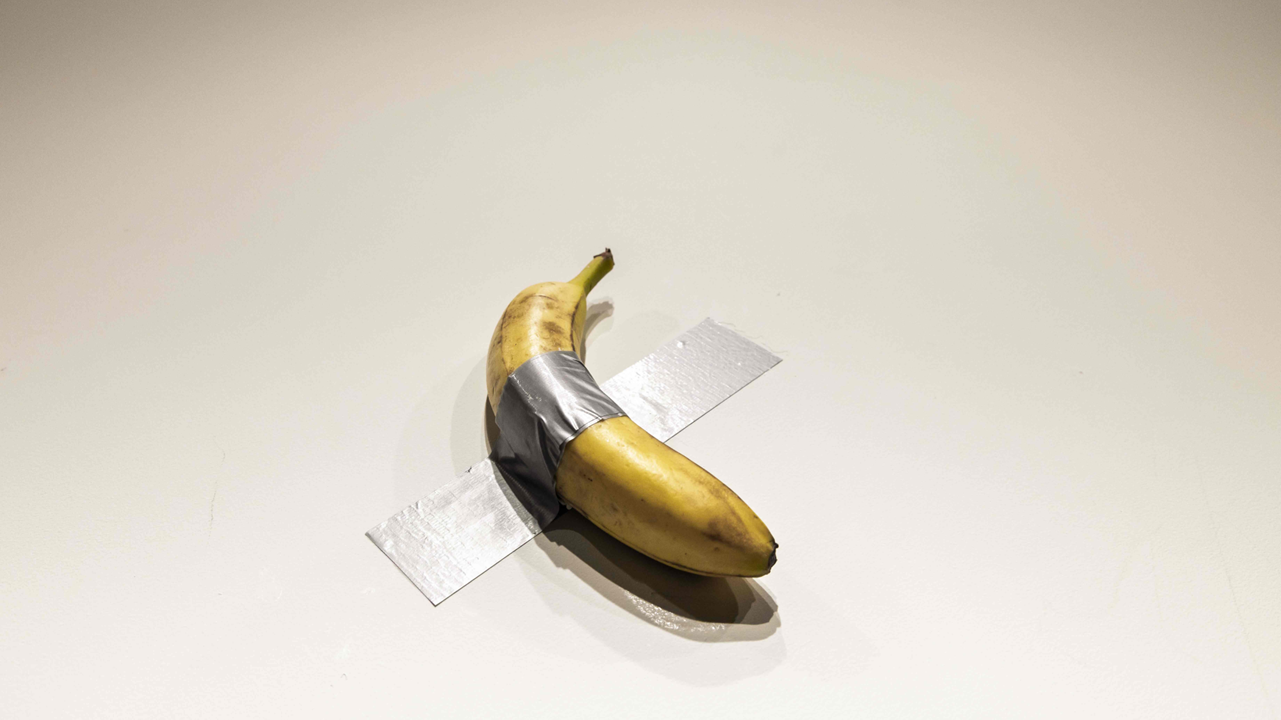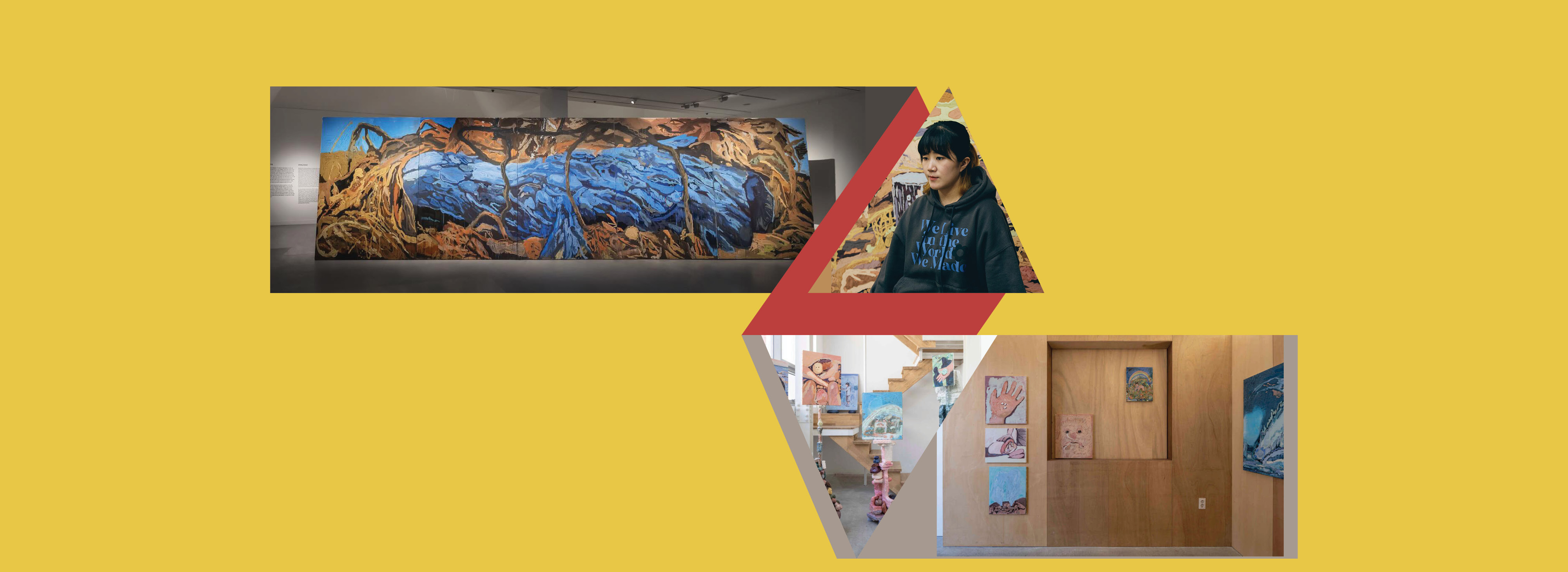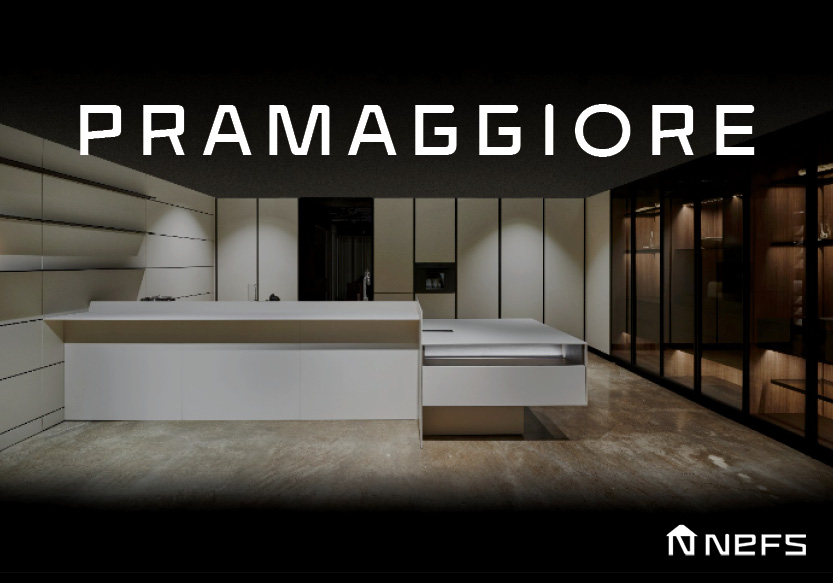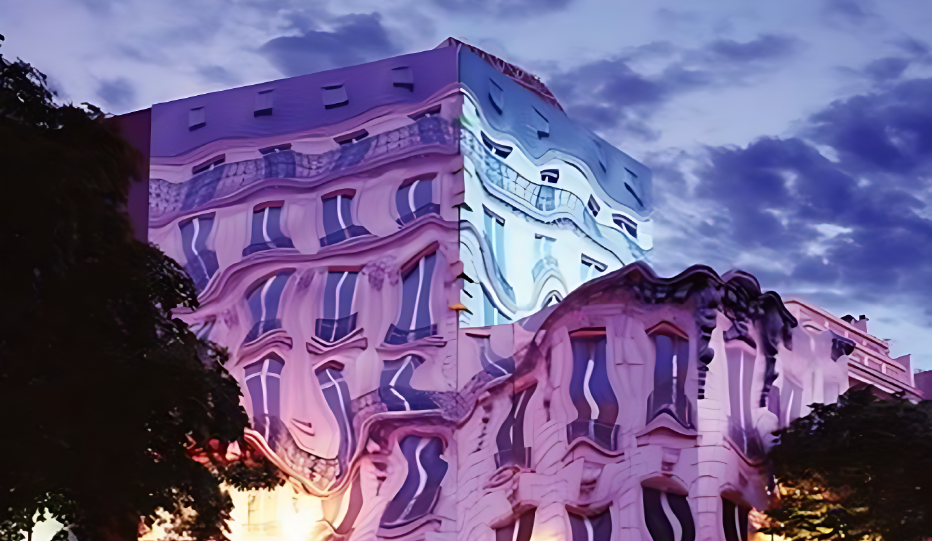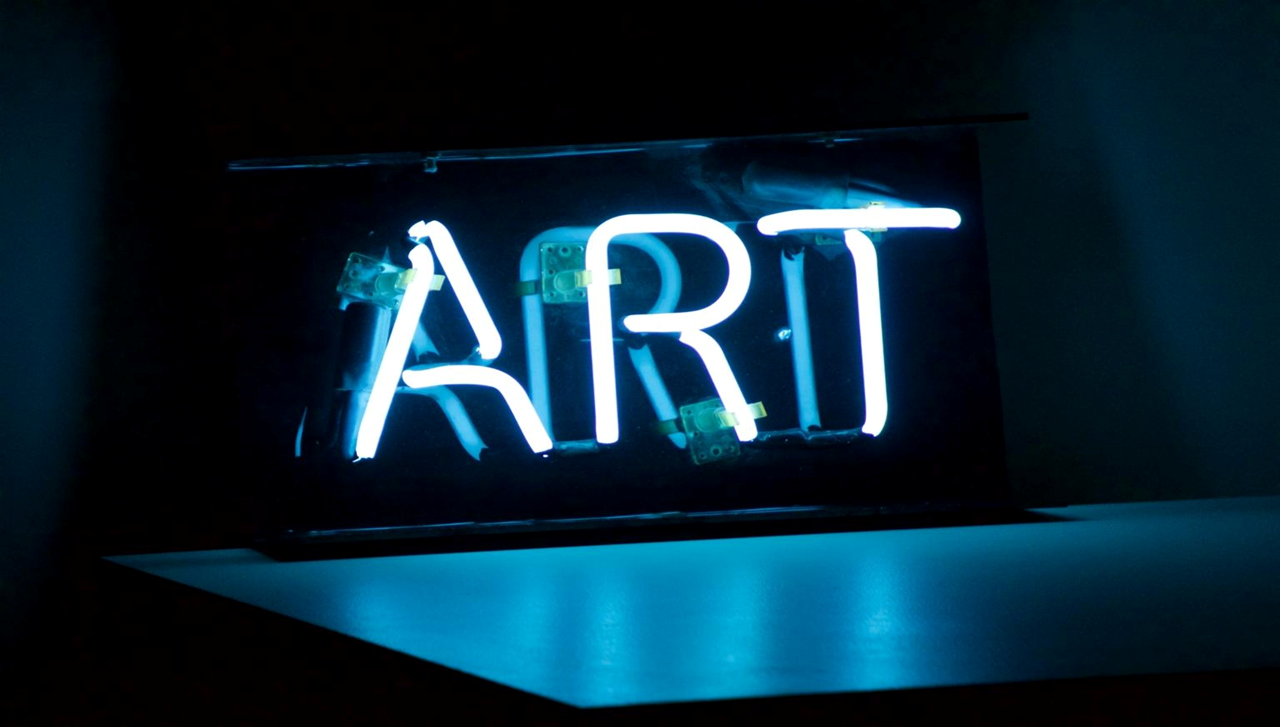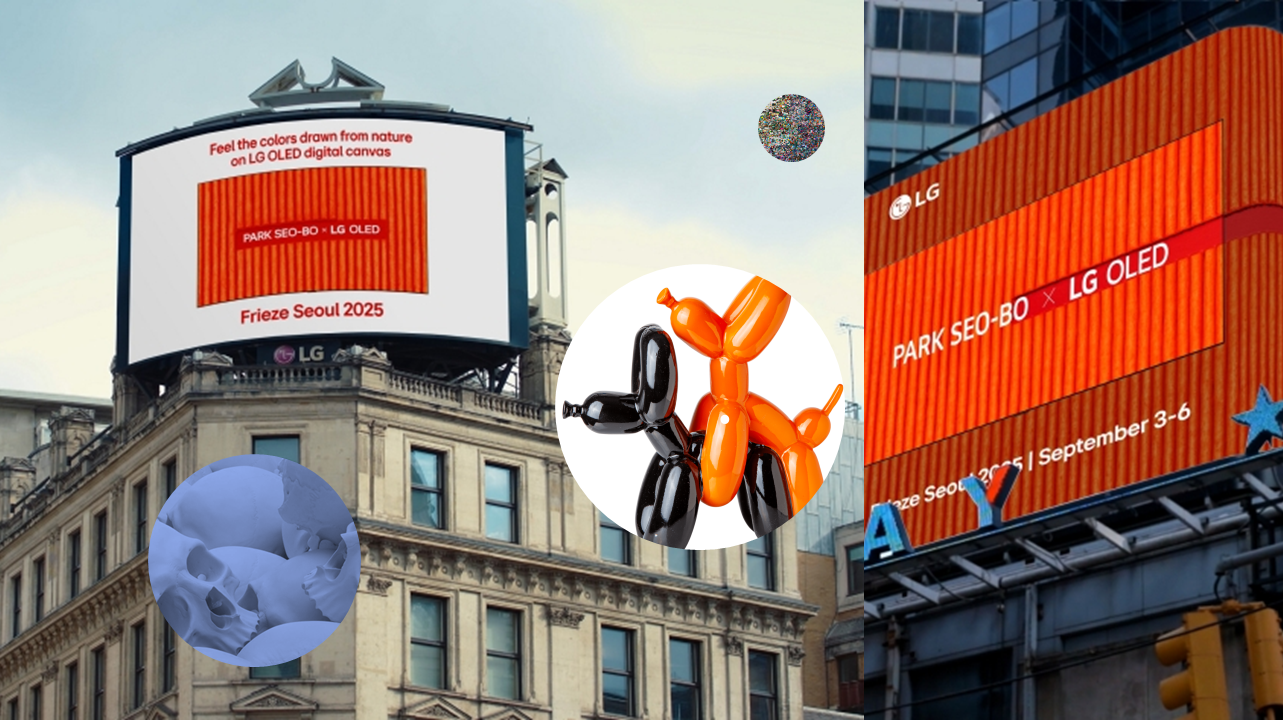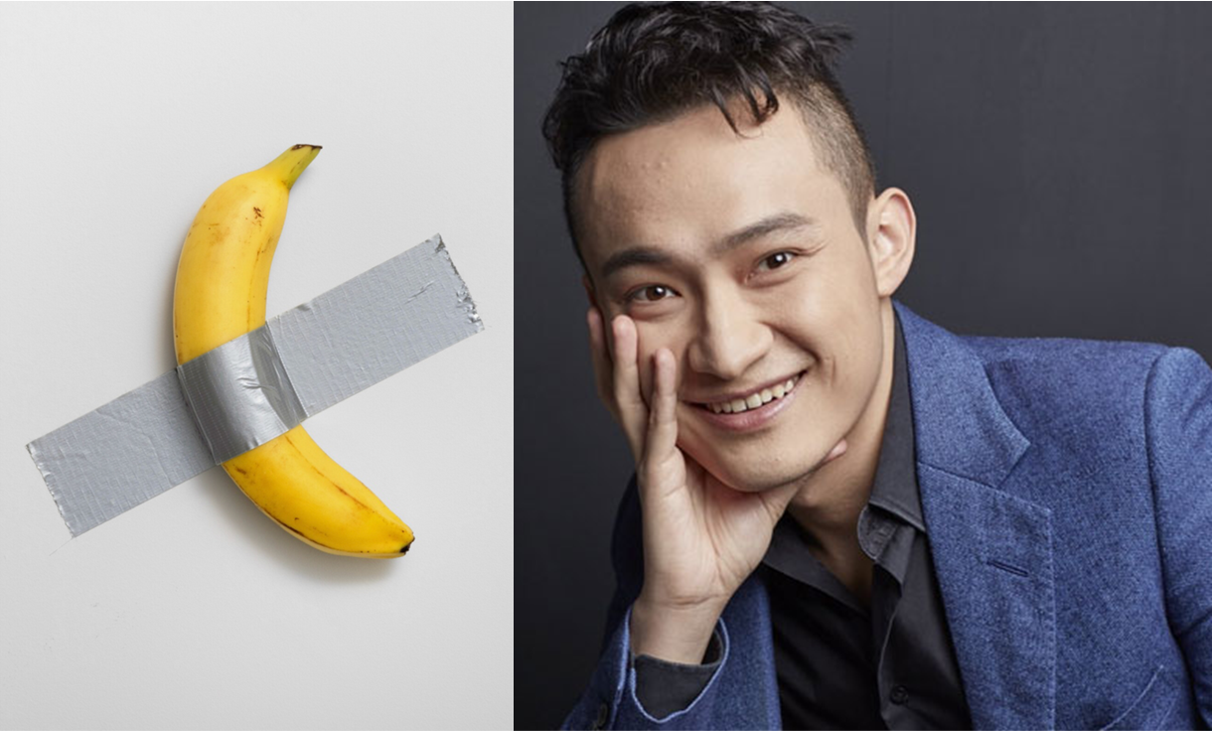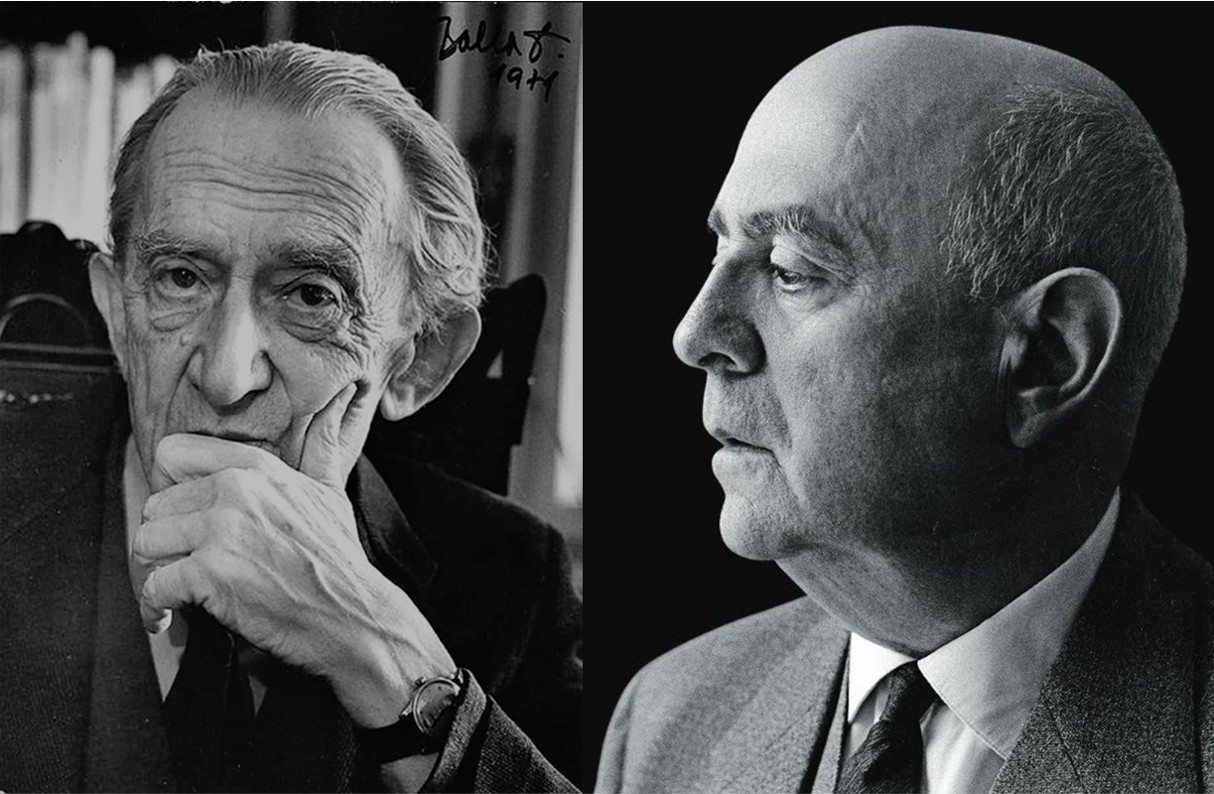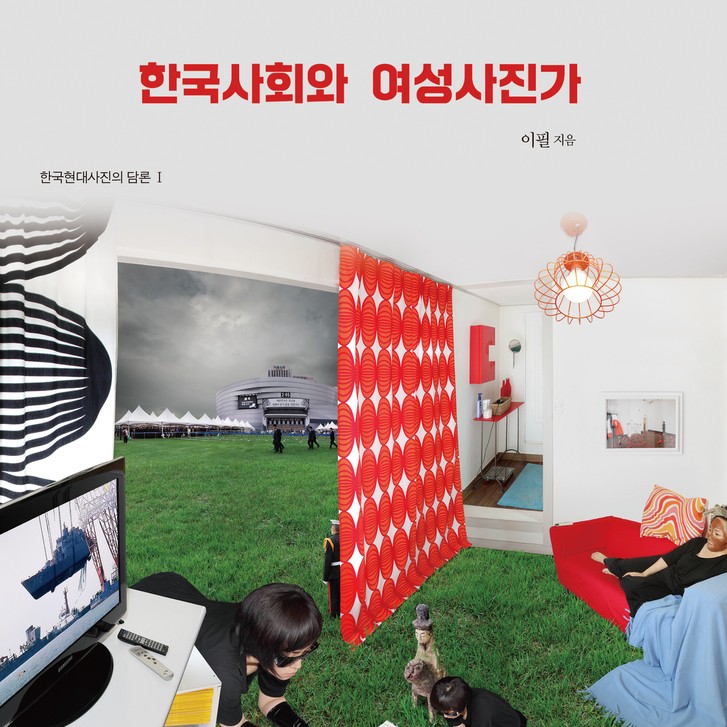Art historian and critic Jin Hwi-yeon, a professor at the School of Visual Arts at the Korea National University of Arts, has published a new book titled “Korean Contemporary Art through Exhibitions” (Hexagon). This book analyzes the landscape of Korean contemporary art by examining key exhibitions over the past 25 years, shedding light on the shifts and developments within Korean art.
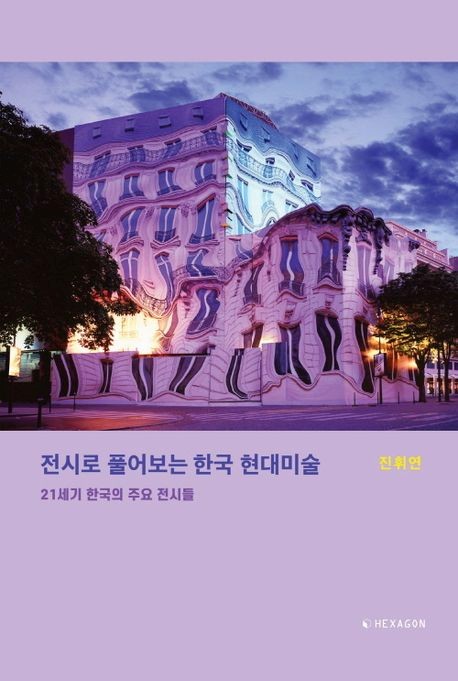
New Release: “Korean Contemporary Art through Exhibitions”
Characteristics of Korean Contemporary
Art Since 2000
The author outlines four key
characteristics of Korean contemporary art since 2000, using them as a
foundation to analyze changes in the art scene:
- Increase in Large Exhibition Spaces:
The opening of major venues such as the Seosomun Main Hall of the Seoul Museum of Art in 2002 and the Seoul branch of the National Museum of Modern and Contemporary Art in 2013 significantly expanded the physical infrastructure of Korean art.
- Globalization and Reflections of Trends:
With the rise of social media, images and hashtag keywords quickly convey the meaning of artworks. The author observes that art criticism has retreated from its once-central role in guiding discourse.
- Weakening of Criticism and Rise of the Market:
As art criticism lost its influence, art fairs and the market stepped in to establish their own evaluative systems. Increasingly, art fairs not only focus on sales but also present theoretical, critical, and historical contexts.
- Exhibitions Analyzed through Diverse Keywords:
The book revisits exhibitions from the past 25 years through themes such as Utopia, Intermedia, and Art and Politics, offering a renewed perspective on the evolution of Korean contemporary art.
Key Exhibitions and Their Significance
The book maps out the terrain of Korean contemporary art by analyzing major exhibitions and artists' works over the past 25 years. Notable exhibitions include:
- Do Ho Suh Solo Exhibition (2012, Leeum Museum of Art):
Featuring iconic works like Seoul Home and the Transparent House series, this exhibition explored Korean identity and the meaning of space.
- Kibong Rhee Solo Exhibitions (2003, 2008, Kukje Gallery):
Centered around Memory and Place, these exhibitions expanded the possibilities of installation art, offering unique interpretations of space.
- 'Signal Fire' Exhibition (2009, National Museum of Modern and
Contemporary Art, Former Defense Security Command Site):
Held before the construction of the MMCA Seoul branch, this large-scale exhibition connected public art with the historical significance of its location, marking an experimental endeavor in Korean art.
- Hyungkoo Lee Solo Exhibition (2010, Doosan Gallery):
Focused on the relationship between life, technology, humanity, and nature, with the artist’s Animatus series receiving particular attention.
- Sang-Kyun Noh Solo Exhibition (2001, Gallery Hyundai):
Reflecting the political and cultural transitions of Korean society in the 1980s and 1990s, this exhibition combined social messages with aesthetic depth.
Author's Perspective and Intent
The author states, "Since returning to Korea in 1995 after studying abroad, I have continuously observed the exhibition scene and written critiques." Through this book, the author selected exhibitions and artists deemed significant, aiming to revive the historical context of Korean art.
Comprising 368 pages, this book serves as a critical record offering a panoramic view of the historical flow of Korean contemporary art. It provides in-depth insights for art enthusiasts and researchers alike.



